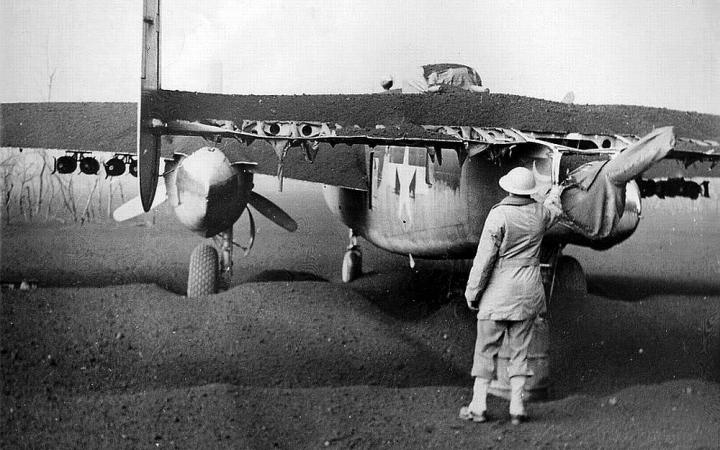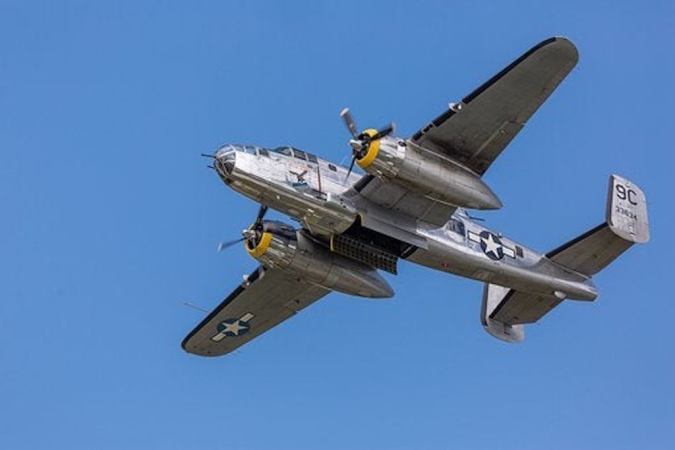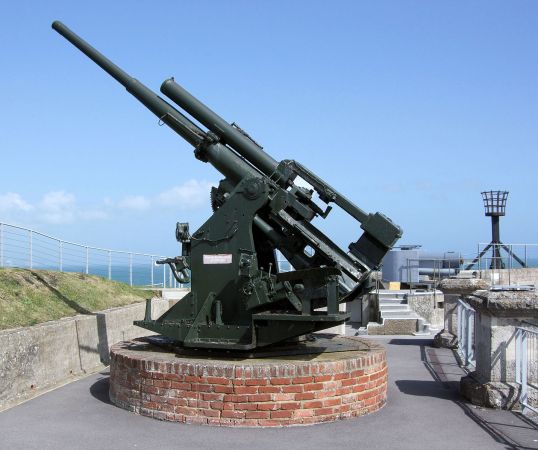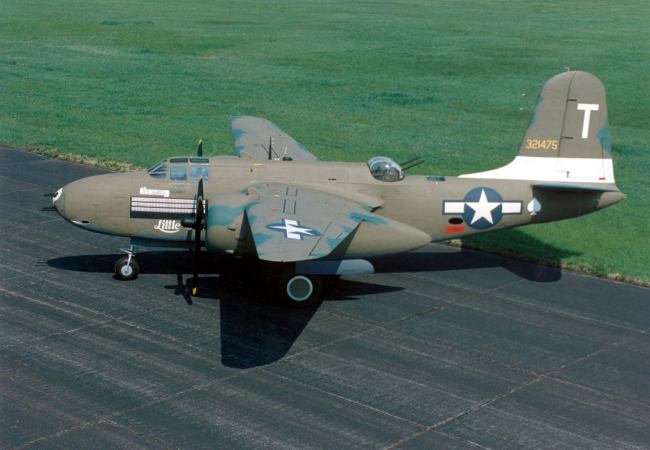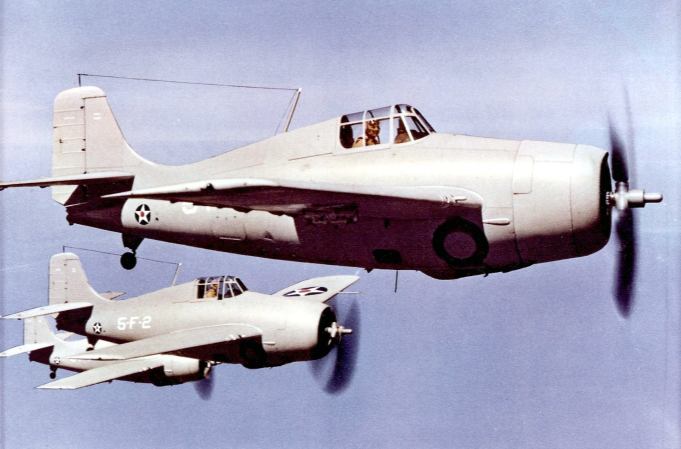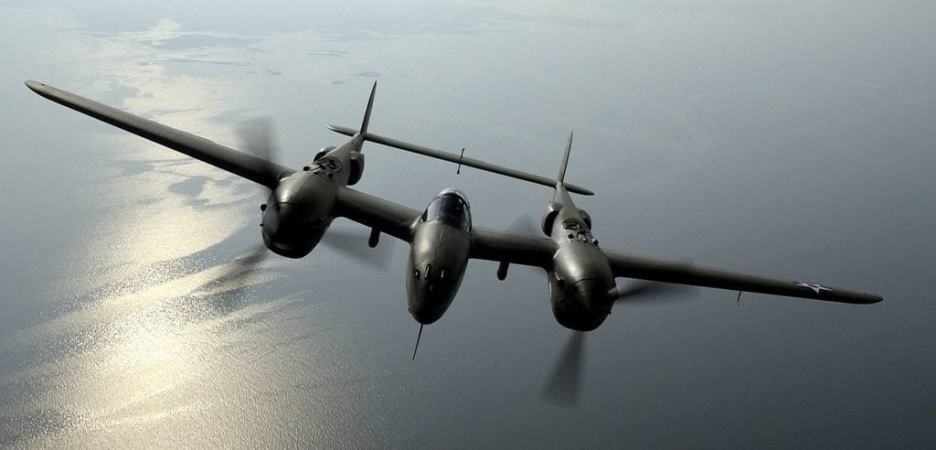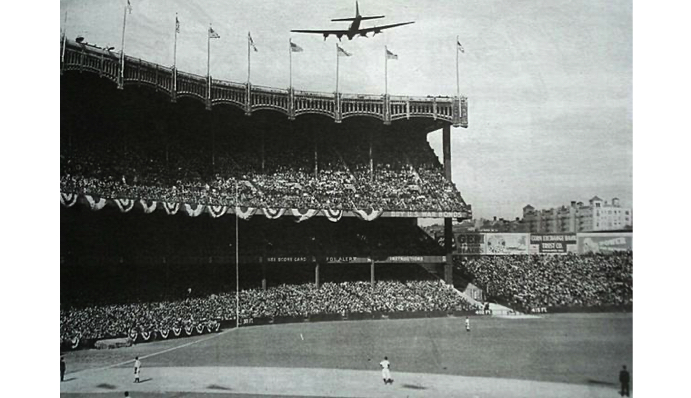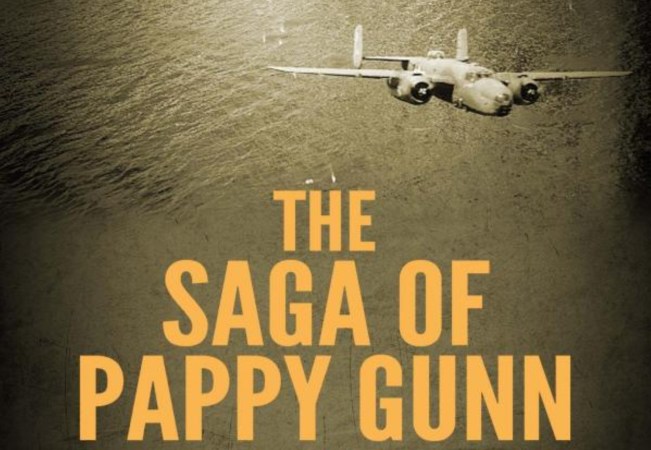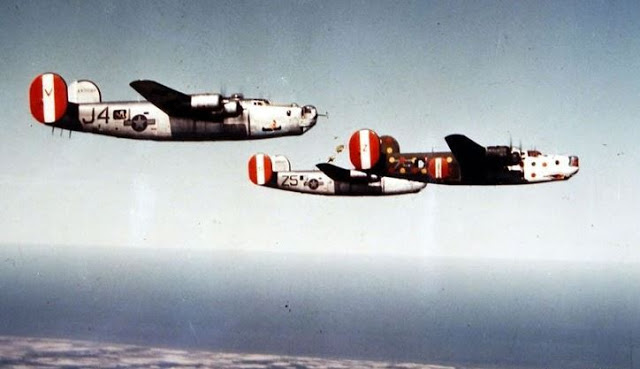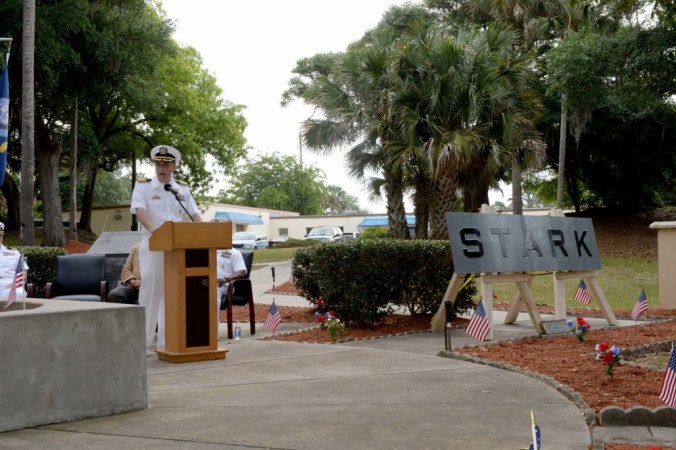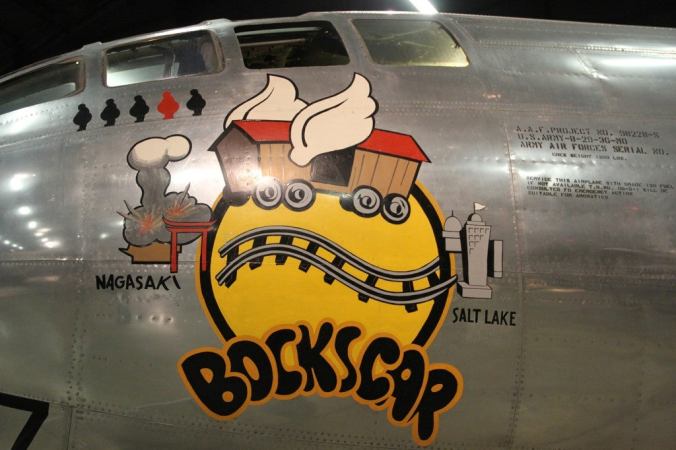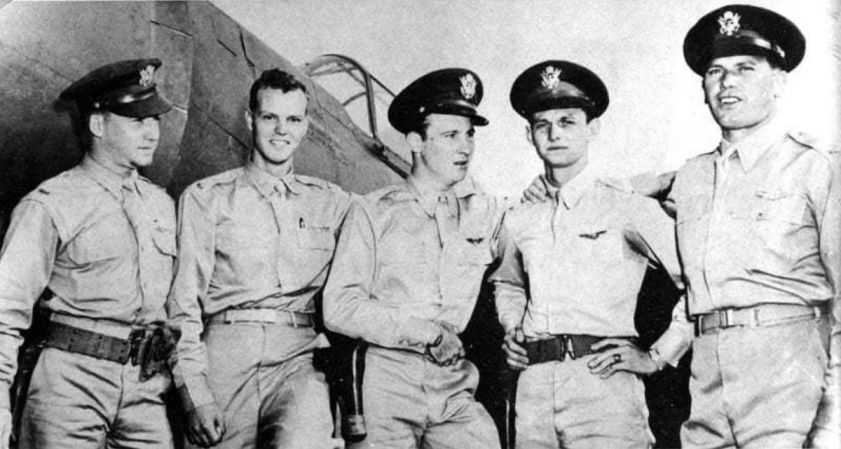The idea of putting weapons on aircraft to strike ground targets is not a new one. Although the concept has culminated in the deadly AC-130 gunship today, it was employed to great effect in Vietnam with the AC-47 Dragon and ACH-47 Chinook gunships. During WWII, air forces even experimented with mounting tank cannons on planes. But what about modifying bombers into gunships to take on fighter planes? They tried that too.

Bombing campaigns against Nazi Germany were a critical part of the Allied war strategy. If Germany’s industrial capacity and infrastructure could be crippled, it would seriously impact the military’s ability to fight the war. However, the British RAF quickly learned that the Germans would not let these bombing raids fly through uncontested. German anti-air and fighter plane defenses were so deadly that the British switched exclusively to night bombing to protect their aircraft and crews.
While this meant that German defenses had a harder time shooting down the bombers, it also made it that much more difficult for the bombers to hit their targets. The accuracy and effectiveness of the RAF’s bombings dropped considerably at night. But, because the Allied fighter planes at the time did not have the range to escort the bombers all the way to Germany and back to England, this was seen as the only viable option. Enter America and the most American solution.
How do you protect a bomber formation from enemy fighters without your own fighter escort? Put more guns on your bombers. British aircraft like the Vickers Wellington medium bomber and Avro Lancaster heavy bomber were defended by a maximum of 8 and 10 .303-caliber Browning machine guns, respectively, and these were early variants. Later variants of these bombers both stripped two machine guns to save weight. On the other hand, American aircraft like the Consolidated B-24 Liberator medium bomber and Boeing B-17 Flying Fortress heavy bomber carried 10 and 13 .50-caliber Browning machine guns, respectively. With deadlier guns, and more of them, American bomber doctrine believed that fighter escorts would not be necessary.
Unfortunately, the increased firepower meant little to the German Luftwaffe who shot down American daytime bombing raids in much the same way they did British raids. Still, America insisted on bombing by day while the British bombed at night. Although long-range fighters like the P-47 Thunderbolt and P-51 Mustang were in development to escort bombers over the entirety of their missions, a quick fix solution was needed. So what do you do if the guns you have aren’t enough? You add more guns of course.

In 1942, Lockheed’s Vega company converted a B-17F Flying Fortress into the YB-40 Flying Fortress. Living up to the name carried over from its forerunner, the new plane bristled with defensive armament. A second manned dorsal turret was added where the radio compartment was, the single .50-caliber waist-mounted machine guns were replaced with dual guns, and the bombardier’s equipment was replaced by a remotely-operated twin .50-caliber machine gun chin turret. With 16 guns, a bomb bay converted into an ammunition magazine, and additional armor plating, the YB-40 was designed to add extra protection to American bomber formations.

Although 13 YB-40s were ordered for operational testing, one was lost on delivery and crashed in Scotland. A gunship version of the B-24, called the XB-41 Liberator, was also ordered. It carried 14 .50-caliber machine guns and was intended to fly as a gunship in bomber formations, the same as the YB-40. However, testing at Eglin Field in Florida found flaws with the aircraft and the conversion of further B-24s into XB-41s was cancelled. These flaws included reduced speed and climb rates as a result of the extra weight. Unfortunately, these problems were also present on the YB-40s.

Still, the gunships are credited with a total of 48 sorties over Europe. They scored five confirmed kills on German fighters with another two probables claimed. Only one YB-40 was lost in combat. Overall though, the gunship concept proved to be relatively ineffective. Plus, with the operational introduction of the P-47 and P-51 Thunderbolt, the gunship bombers became obsolete. Although Consolidated continued to work on their XB-41 concept, the project was ultimately abandoned once the military lost interest.

However, some good did come from the YB-40 project. The remote chin turret in the bombardier’s position was carried over into some of the last production B-17Fs and became part of the standardized modification on the B-17G, the final production variant of the bomber.




